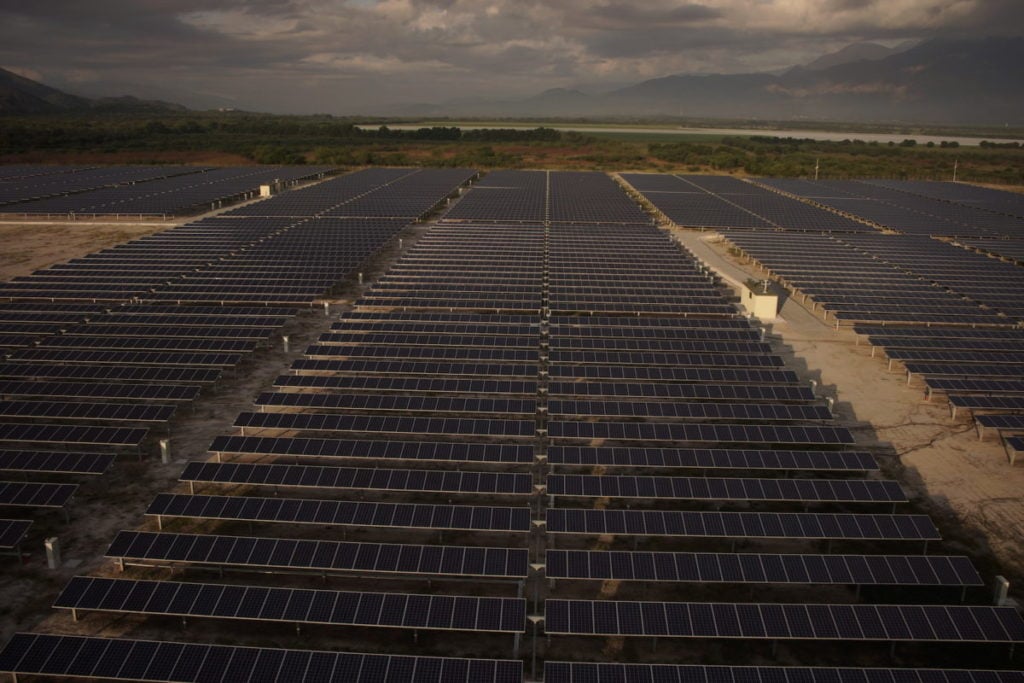
Unpredictable environmental changes such as cloud coverage and dust particles are related to frequent changes in solar radiation at a site, according to a study co-conducted by the Okinawa Institute of Science and Technology and the Ben-Gurion University of the Negev.
The study Spectral Analysis of Solar Irradiance Fluctuations was based on previous research that analysed the clear-sky index to calculate changes in solar power generation across different locations. The clear-sky index shows how much total solar radiation reaches the earth’s surface under clear-sky conditions, helping meteorologists and researchers understand deviations from ideal clear-sky conditions due to clouds, aerosols, and other atmospheric conditions.
Try Premium for just $1
- Full premium access for the first month at only $1
- Converts to an annual rate after 30 days unless cancelled
- Cancel anytime during the trial period
Premium Benefits
- Expert industry analysis and interviews
- Digital access to PV Tech Power journal
- Exclusive event discounts
Or get the full Premium subscription right away
Or continue reading this article for free
The research teams then examined how the radiation intensity changes over time and how it is affected by factors causing deviations from the predicted clear-sky conditions. The teams then used data from two different locations, including one in the Negev desert in Israel and another one at the equator in the Indian Ocean.
After studying the results, the research team found that frequent changes in solar radiation are connected to unpredictable environmental changes, while intermediate changes were associated with predictable clear-sky patterns such as latitude and hours of daylight.
“In our analysis, we specifically examined the measured global radiation intensity at the earth’s surface. Before this, there was no baseline study taking these factors into account to compare solar radiation across different geographic areas,” said Mahesh Bandi, head of the nonlinear and non-equilibrium physics unit at the OIST.
On that note, PV Tech covered findings from weather data and software provider Solargis about global solar irradiation last year. Globally, solar irradiance remained “relatively stable or increased in some regions” despite 2023 being the hottest year ever recorded alongside extreme weather events.
Some regions enjoyed a higher level of solar irradiation including Southeast Asia and Australia. Thanks to favourable weather conditions and reduced cloud cover, Southeast Asia and Australia exceeded their long-term solar irradition averages by 10% and 2% respectively.
Additionally, Solargis suggested that solar developers can use site-specific data of up to 30 years including solar radiation and air temperature to show the historical trends during the design phase of a solar PV plant.
Moreover, solar developers can use sub-hourly time series data instead of hourly typical meteorological year data. Time series data – for example, at a resolution of 15-minute intervals – uses high frequency collection to pinpoint temperature variability and improve the resultant accuracy of modelling.






